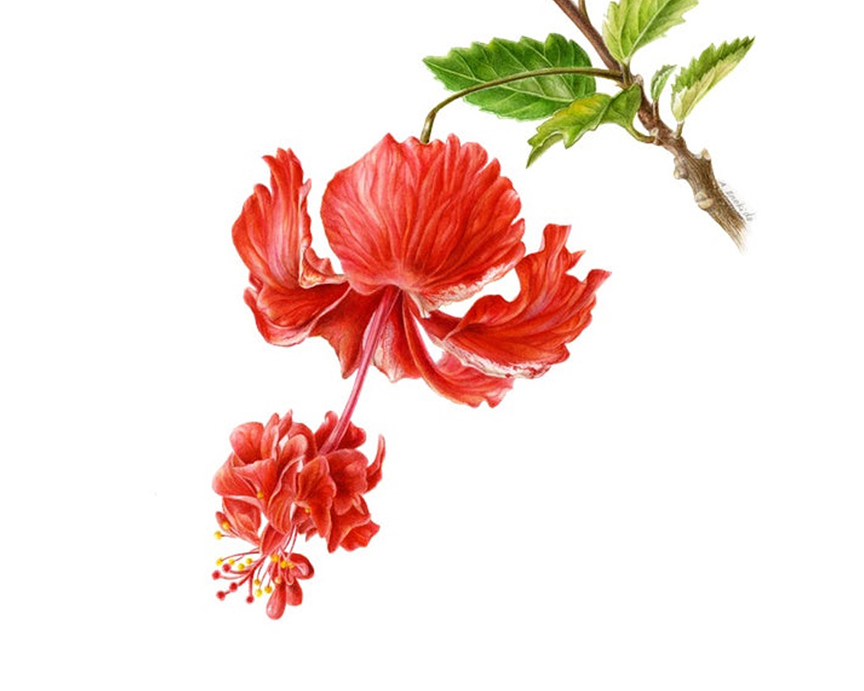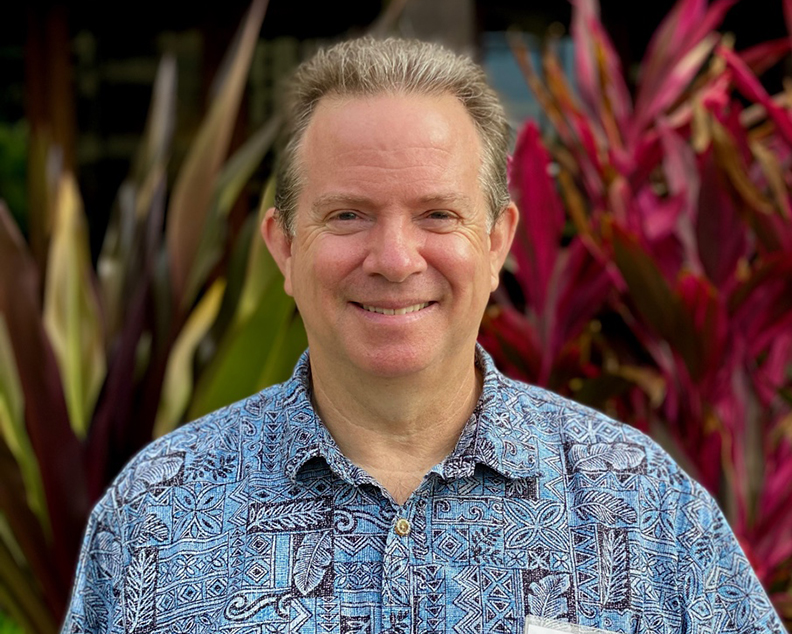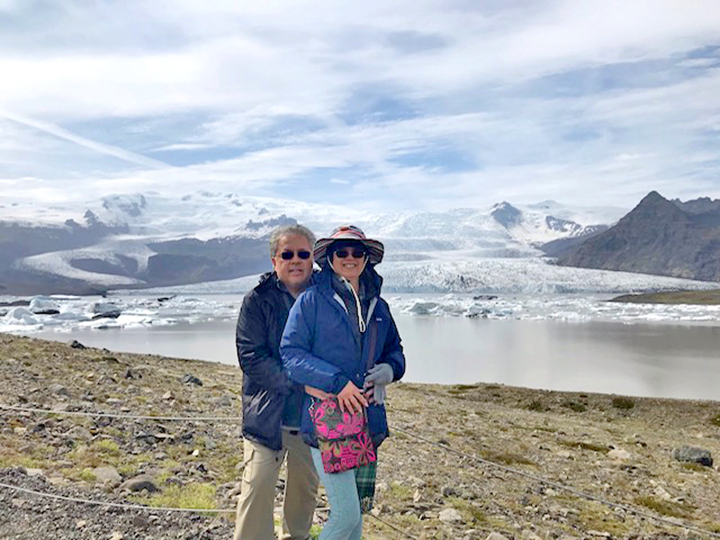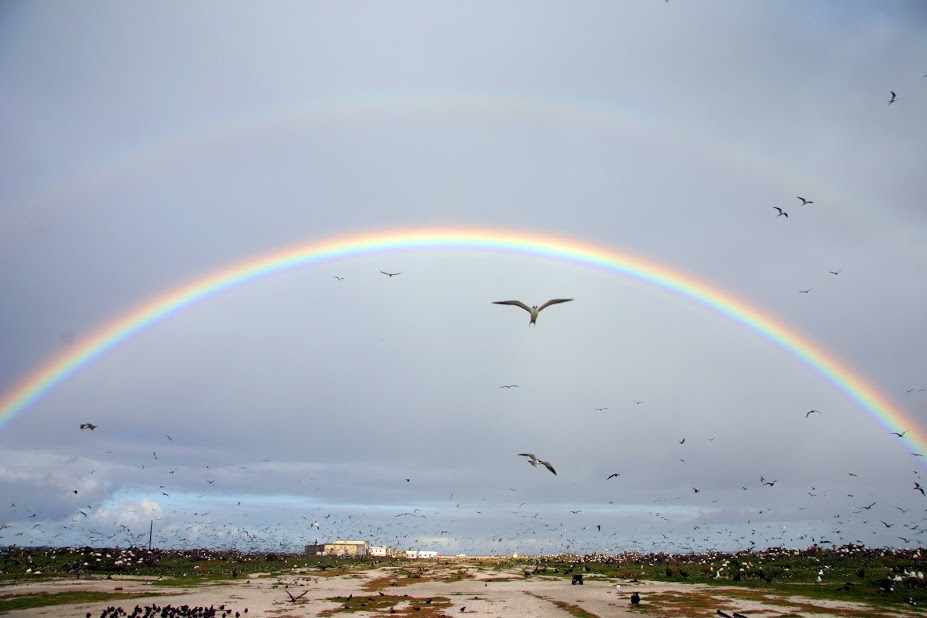By Richard E. Peck
My home is Kaua‘i; I vacation 10 months a year in New Mexico. There are differences that I enjoy explaining to haole visitors here.
In New Mexico I live high and desert dry (6,000 breath-robbing feet above sea level, a scant dozen inches of rain a year). On the Garden Isle, our home is three feet above sea level on Wailua Bay, east of lush Mount Wai‘ale‘ale and its 440 inches of rain a year. Easy choice.
That’s not to say that Kaua‘i is perfect. However gorgeous they are, Kaua‘i roosters can’t tell time. They crow every 10 minutes, day and night! All sing the same single song. On the Garden Isle, they have no natural enemy, except for the people they outnumber. You see them wandering the golf courses and delaying traffic on the narrow roads. Peeping chicks and free-range eggs are everywhere. The roosters especially are brilliantly colorful and even entertaining, when they keep their beaks shut.
The other Hawaiian islands don’t enjoy – or endure – such flocks, because the other islands have a large mongoose population. Why Kaua‘i is almost mongoose-free depends on whose story you believe.
The most common version holds that the crate of mongoose (mongooses? I will not say “mongeese”), imported to keep down the rat population in the cane fields when the other islands acquired their mongaggles, was dropped into the sea by a careless stevedore and never re-ordered.
Or, the mongoose detest ukulele music. (They’ve never heard Jake Shimabukuro play, or Brother Iz, or Kirk Smart.) But whatever the facts, Kaua‘i is chicken-rich and has been thought to be mongoose-free up until the last couple years, when two mongoose were captured for the first time on the island after many alleged sightings.
Burning cane fields emit wisps of smoke rising among squadrons of helicopters lumbering overhead. I first visited Kaua‘i in 1958, in a Marine Corps helicopter. They’ve apparently multiplied since, like the chickens.
With a total population of 68,000 scattered over its 553 square miles, Kaua‘i is home to more tourists and haole immigrants than natives. All enjoy the surging North Shore surf, a half-dozen good golf courses and restaurants like the Tip Top Motel, where the pancake batter is rich with pineapple, banana slices and macadamia nuts.
There are spectacular waterfalls, each easily spotted at the head of some hidden ravine because of the tourist-crammed helicopters circling above them. There are gorgeous sunsets and hourly rainbows, warm beaches and forests of 100-foot-tall trees spreading their green umbrellas over isolated valleys.
Why don’t I spend all year on beautiful Kaua‘i? Simple economics: My job’s on the Mainland. But I come “home” as often as airfare prices allow. Unsolved mysteries here bring me back. What does “aloha” really mean? Is any place on the island not accessible by helicopter? And what about those free-ranging chickens?
At dinner one night in ‘Omao, we looked off the second floor lanai of a friend’s home to see a pair of long-tailed, orange-red roosters, strutting along a broad tree branch, 30 feet off the ground!
Did those roosters climb the tree? Fly up to that branch? Friends snicker at both suggestions. Were they hatched up there? The whole mystery raises the age-old question: which climbed that tree first, the chicken or the egg?
By the way, the official bird of Kaua‘i is the helicopter.
- Richard E. Peck is a part-time Kaua‘i resident and a retired president of three universities. He has written numerous books, plays, columns and TV shows, and his work can be seen at www.richardepeck.com.
Discover more from ForKauaiOnline
Subscribe to get the latest posts sent to your email.






Leave a Reply